SAN FRANCISCO, U.S.: According to a new study, a multilevel approach that includes a dental caries risk assessment, aggressive preventive measures and conservative restorations can dramatically reduce caries incidence. The findings, which support earlier research demonstrating positive results of the assessment and treatment method in a university setting, show that the protocol has the potential to transform dental care for high-risk patients.
“We put the 2012 UCSF [Caries Management by Risk Assessment] clinical study into the real world and showed it works,” said lead author Dr. Peter Rechmann, Professor of Preventive and Restorative Dental Sciences at the University of California, San Francisco (UCSF) School of Dentistry. “The patients at high caries risk who used prescription products went down significantly over time in their risk level. Those in the control group also reduced their risk to a lesser degree, simply by using over-the-counter products that also protect teeth and affect the bacteria.”
Caries Management by Risk Assessment (CAMBRA) is a method that was originally developed in 2003 by a team led by then Dean of the UCSF School of Dentistry Prof. John Featherstone. The method adopts a multilevel approach in which dentists collect patients’ dental and medical histories, conduct clinical examinations to assess caries, and utilize behavioral approaches and chemical treatments to optimize protective factors.
For their two-year study, Rechmann and his colleagues recruited 30 dentists to take part, 18 from private practices and three from community clinics. The study involved 460 patients aged between 12 and 65, split into two groups: the CAMBRA group and control group, with 239 and 221 participants, respectively. In the CAMBRA group, high-risk patients received prescription fluoride toothpaste, a chlorhexidine antibacterial rinse, xylitol mints and a fluoride varnish. The control group received regular fluoride toothpaste, an assumed inactive mouthrinse, sorbitol candies and a nonfluoride varnish.
In follow-up visits at six, 12, 18 and 24 months, new carious lesions or changes in caries risk level were recorded. According to the results, a significantly greater percentage of high-risk participants were classified as lower risk after receiving CAMBRA preventive therapies. Dental caries was low in both groups.
Among 242 patients (137 intervention, 105 control) initially identified as high risk for caries, only a quarter of the patients remained at high risk in the CAMBRA group at 24 months, and just over half (54 percent) in the control group. Of the 192 low-risk participants (93 intervention, 99 control), most participants remained low risk. The researchers believe this points to the assessment correctly identifying those at risk for caries.
The study, titled “Changes in caries risk in a practice-based randomized controlled trial,” was published in the February issue of the Advances in Dental Research journal.
Tags:
BELFAST, UK: According to a new study by researchers at Queen’s University Belfast, aspirin could reverse the effects of dental caries. According to the ...
GOTHENBURG, Sweden: Obesity is a medical concern that may lead to numerous health problems, including diabetes and cardiovascular disease. A recent study ...
QUEBEC CITY, Canada: The occurrence of dental caries may depend in part on school-based environmental or policy-related factors, but few researchers have ...
SAN FRANCISCO, U.S./VANCOUVER, British Columbia, Canada: In 1975, the U.S. Sugar Association (SA) created the Regional Nutritional Information Program ...
KNOXVILLE, Tenn., U.S.: Dentists support people in keeping or regaining their smiles. More and more, esthetics is playing an important role in dentistry in ...
JENA, Germany: In a new meta-analysis, German scientists have examined the efficacy of various non-drug interventions against psychological stress and ...
LEEDS, UK: Though dental fillings are an established method of treating the presence of dental caries in permanent dentition, their usefulness for treating ...
Over the past decade, there has been a notable surge in the use of clear aligners, and their benefits and advantages have been extensively documented. ...
BOSTON, US: In the US, dental care remains largely excluded from medical insurance and separated from public health initiatives that promote prevention. A ...
In recent years, periimplantitis has been extensively studied as bone loss has been observed around dental implants. As a result of multiple factors, ...
Live webinar
Wed. 14 January 2026
12:00 pm EST (New York)
Dr. Théo Laplane, Dr. Robert Gottlander DDS
Live webinar
Fri. 16 January 2026
12:00 pm EST (New York)
Live webinar
Mon. 19 January 2026
1:00 pm EST (New York)
Philipp Kopp, Michael Seeber
Live webinar
Thu. 22 January 2026
9:00 am EST (New York)
Prof. Judith Jones D.D.S; M.P.H., Prof. Kakuhiro Fukai D.D.S., Ph.D, Dr. Bathsheba (Bethy) Turton
Live webinar
Thu. 22 January 2026
2:00 pm EST (New York)
Dr. Nicola M. Grande DDS, PhD
Live webinar
Wed. 28 January 2026
8:00 am EST (New York)
Live webinar
Wed. 28 January 2026
11:00 am EST (New York)
Prof. Dr. Jan-Frederik Güth



 Austria / Österreich
Austria / Österreich
 Bosnia and Herzegovina / Босна и Херцеговина
Bosnia and Herzegovina / Босна и Херцеговина
 Bulgaria / България
Bulgaria / България
 Croatia / Hrvatska
Croatia / Hrvatska
 Czech Republic & Slovakia / Česká republika & Slovensko
Czech Republic & Slovakia / Česká republika & Slovensko
 France / France
France / France
 Germany / Deutschland
Germany / Deutschland
 Greece / ΕΛΛΑΔΑ
Greece / ΕΛΛΑΔΑ
 Hungary / Hungary
Hungary / Hungary
 Italy / Italia
Italy / Italia
 Netherlands / Nederland
Netherlands / Nederland
 Nordic / Nordic
Nordic / Nordic
 Poland / Polska
Poland / Polska
 Portugal / Portugal
Portugal / Portugal
 Romania & Moldova / România & Moldova
Romania & Moldova / România & Moldova
 Slovenia / Slovenija
Slovenia / Slovenija
 Serbia & Montenegro / Србија и Црна Гора
Serbia & Montenegro / Србија и Црна Гора
 Spain / España
Spain / España
 Switzerland / Schweiz
Switzerland / Schweiz
 Turkey / Türkiye
Turkey / Türkiye
 UK & Ireland / UK & Ireland
UK & Ireland / UK & Ireland
 Brazil / Brasil
Brazil / Brasil
 Canada / Canada
Canada / Canada
 Latin America / Latinoamérica
Latin America / Latinoamérica
 USA / USA
USA / USA
 China / 中国
China / 中国
 India / भारत गणराज्य
India / भारत गणराज्य
 Pakistan / Pākistān
Pakistan / Pākistān
 Vietnam / Việt Nam
Vietnam / Việt Nam
 ASEAN / ASEAN
ASEAN / ASEAN
 Israel / מְדִינַת יִשְׂרָאֵל
Israel / מְדִינַת יִשְׂרָאֵל
 Algeria, Morocco & Tunisia / الجزائر والمغرب وتونس
Algeria, Morocco & Tunisia / الجزائر والمغرب وتونس
 Middle East / Middle East
Middle East / Middle East
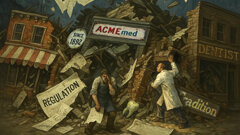



























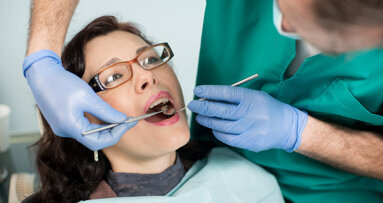




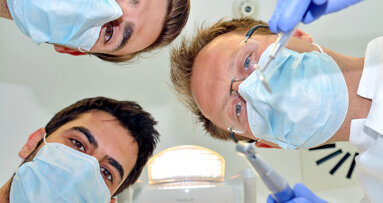

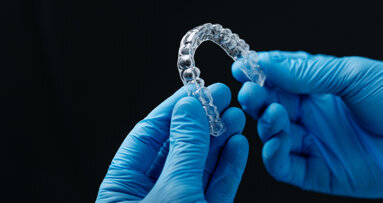
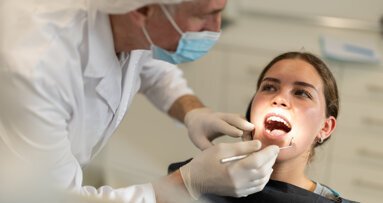
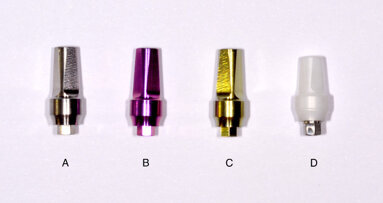










To post a reply please login or register